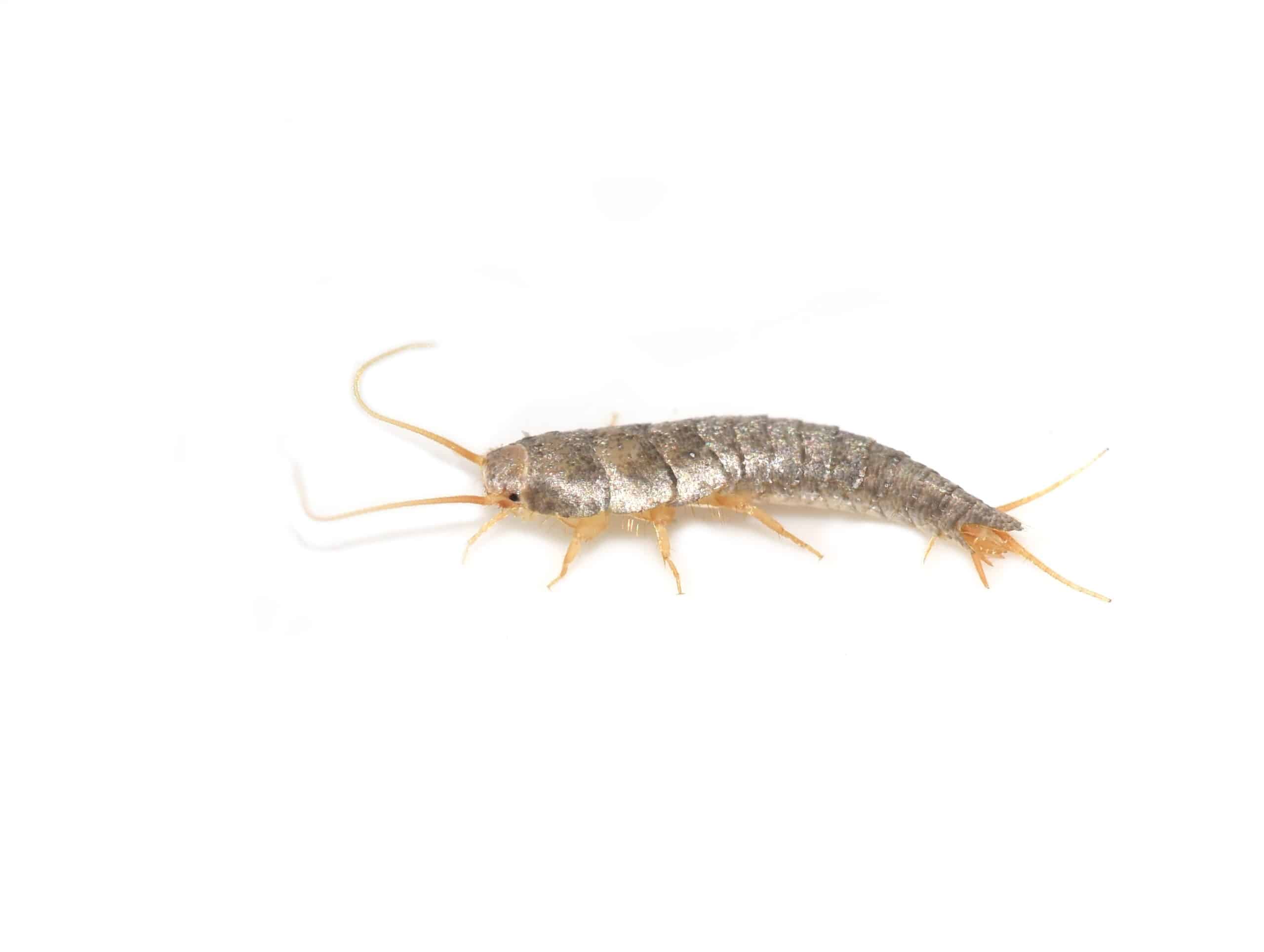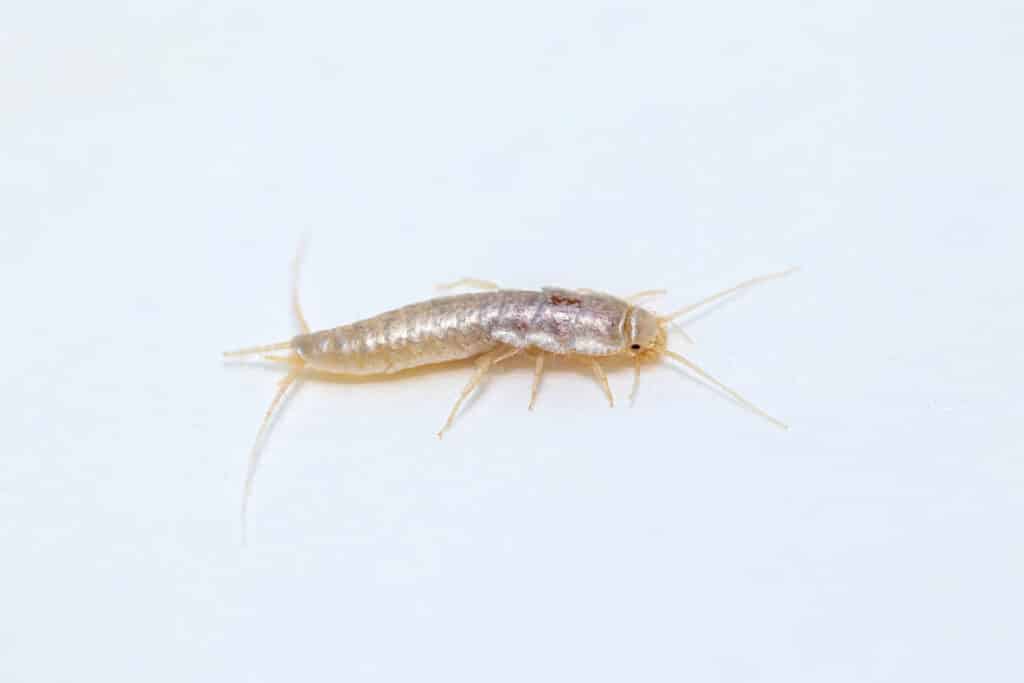
Firebrat Identification Guide
Quick Facts About Firebrats
Firebrats are carrot-shaped insects that, while not dangerous to humans, can become a nuisance in Tennessee homes and businesses. These heat-loving pests are often confused with silverfish but have distinct characteristics that set them apart.
- Size: Stouter/shorter than silverfish
- Color: Mottled grayish-brown and yellow
- Shape: Carrot-shaped with wide head and narrow body
- Active Season: Year-round, especially in heated areas
What Do Firebrats Look Like?
Firebrats have a distinctive carrot-shaped appearance with a wide head that tapers to a narrow body. They feature long antennae and three characteristic prongs at the end of their abdomen. Their mottled, grayish-brown and yellow coloring helps distinguish them from their close relatives, silverfish.
Key Identifying Features
- Body Structure: Wide head with a narrow, tapering body
- Appendages: Long antennae and three tail-like prongs
- Color Pattern: Mottled grayish-brown and yellow coloring
- Size Characteristic: Stouter build compared to silverfish
Related Species
Silverfish are closely related to firebrats and share similar body structures. However, silverfish are longer, more fish-like in appearance, and have a dark gray to silver coloring rather than the mottled brown-yellow of firebrats.
Health & Property Risks
Health Concerns
While firebrats don’t bite or spread disease, they can create unsanitary conditions in homes and businesses.
- Material Damage: Can nibble on belongings
- Food Storage: May infest and contaminate stored foods
- General Nuisance: Can become a serious pest problem if left untreated
Property Damage
Firebrats prefer areas with both high temperatures and moisture. Unlike their silverfish relatives, they can tolerate extremely hot surfaces and are often found near heat sources. Common locations include:
- Bathtubs
- Attics
- Dryers
- Hot water heaters
- Furnaces and boilers
- Commercial spaces like bakeries and boiler rooms
Where to Look for Firebrats in Your Home
Firebrats prefer areas with both high temperatures and moisture. Unlike their silverfish relatives, they can tolerate extremely hot surfaces and are often found near heat sources. Common locations include:
- Bathtubs
- Attics
- Dryers
- Hot water heaters
- Furnaces and boilers
- Commercial spaces like bakeries and boiler rooms

When to Call Professional Help
While DIY methods like glue traps or sprays might temporarily reduce firebrat populations, professional intervention is necessary for complete elimination. It’s especially important to contact professionals if you notice firebrats in multiple areas of your home, as this could indicate a larger infestation. Additionally, attempting to search for these pests yourself could lead to encounters with more dangerous pests like cockroaches or brown recluses.

